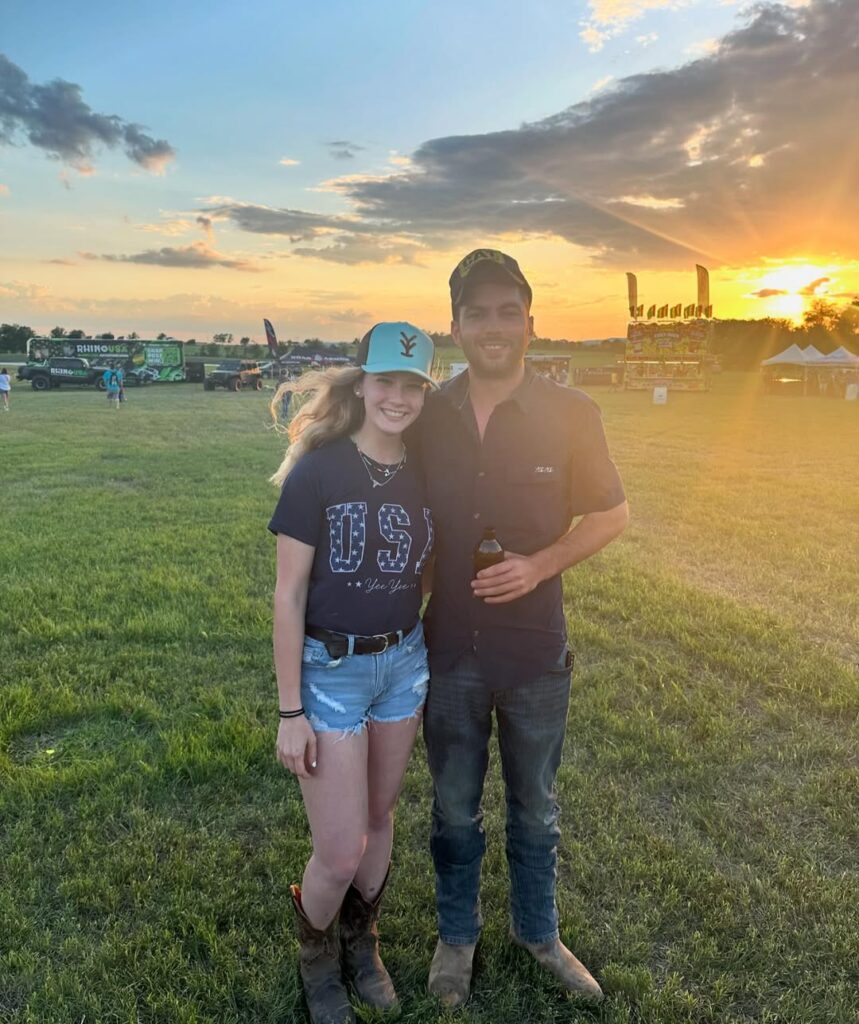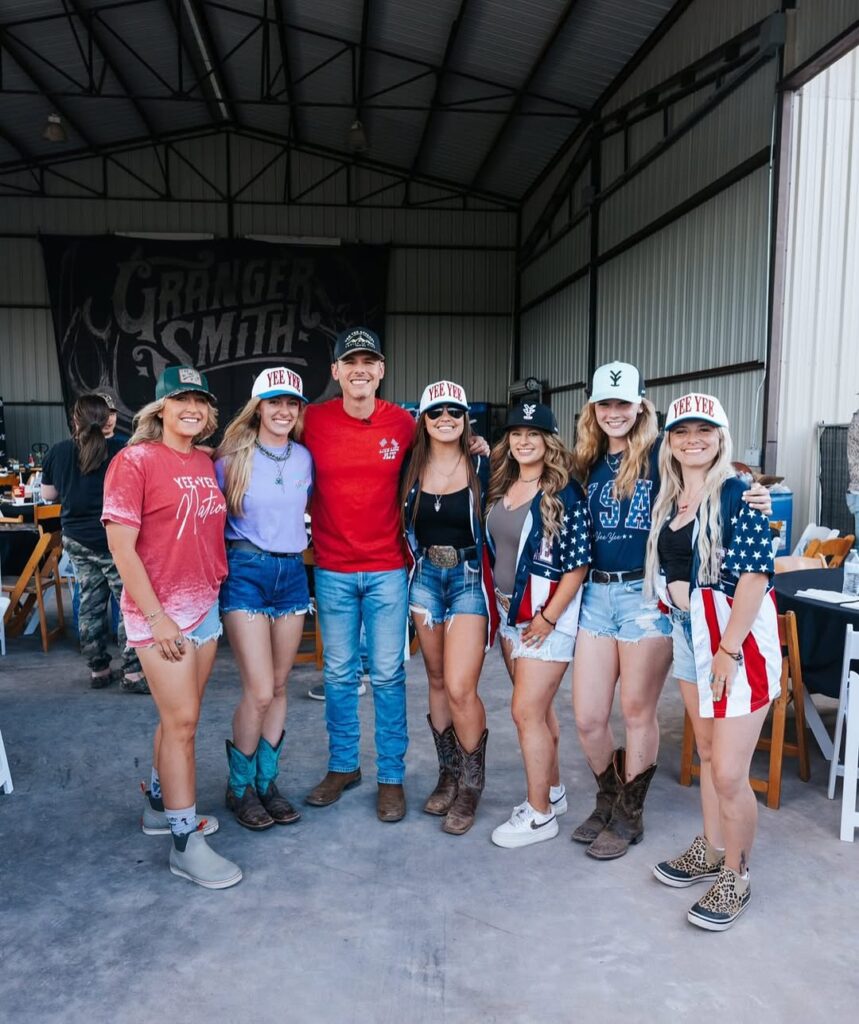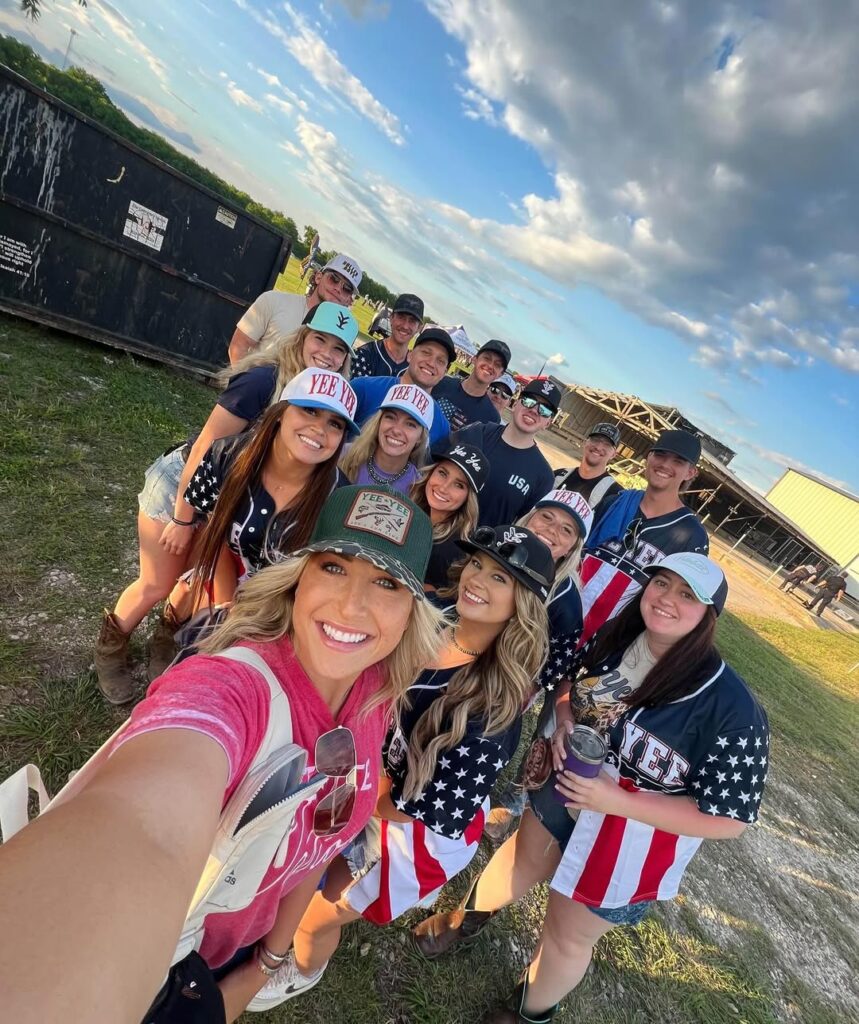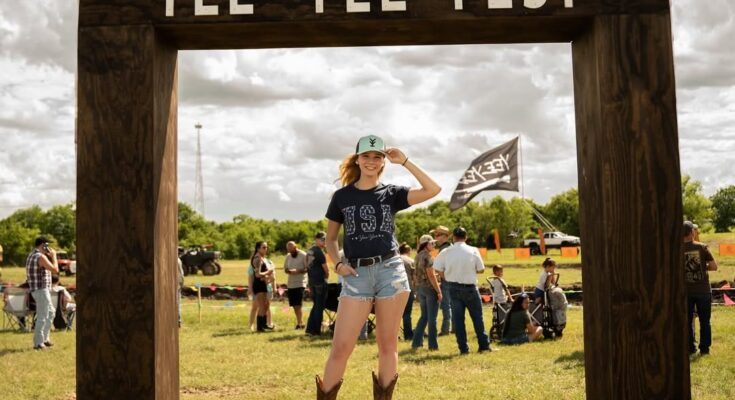There is a unique kind of joy found only on the open, unpaved roads of the countryside—where tires sink into thick mud, and the scent of earth fills the air. Driving through rural landscapes, with all their imperfections and unpredictable weather, evokes a sense of freedom and connection that urban highways could never replicate. It is in these muddy, meandering paths, flanked by trees, fields, and the occasional grazing animal, that one can find serenity, adventure, and an unfiltered experience of nature and life.

For many, driving is a chore, a means to an end. But for those who know the thrill of rural roads, especially when the rains have turned dirt to mud, driving becomes an act of liberation. There is no rush, no honking traffic, no towering buildings to block the sky—just you, your vehicle, and the road ahead. The very idea of driving through mud might sound like a nuisance to some, but to the rural explorer or off-road enthusiast, it is part of the thrill. Mud challenges you. It invites you to let go of the sleek, sterile experience of paved roads and get a little dirty.

The joy begins the moment the asphalt ends. As the tires hit the gravel and then the earth, you feel a change—not just in the terrain but in your spirit. There’s a satisfying crunch and a subtle give beneath the wheels. Puddles appear in dips in the road, and the vehicle’s suspension begins to dance with the undulations of the land. Then comes the mud: thick, sticky, and brown like melted chocolate. It clings to the tires, spits against the undercarriage, and challenges your control. Yet this is not frustration—it’s fun. It’s real. You can’t be passive here; you have to feel the road, adjust your driving, and respond to what nature throws your way.

It’s not just the road that makes rural driving joyful. It’s everything surrounding it. The landscape is a living painting. Rolling hills stretch out like waves, cloaked in green or gold depending on the season. Fields of wheat sway with the wind, and cornfields stand tall, whispering as you pass. Cows meander slowly across the pastures, occasionally casting a curious glance at the noisy intruder in their otherwise quiet world. You’ll see old barns leaning slightly, weathered and wise, their wood bleached by decades of sun and rain. Wildflowers bloom unapologetically along the roadside, splashing color in the most unexpected places.
The air smells different here. It is fresher, cleaner, filled with the scent of grass, trees, and soil. After a rain, the petrichor—the earthy aroma that rises when water hits dry ground—is intoxicating. You breathe deeply without thinking, without even realizing how much the city had stifled your senses. Every breath in the countryside feels like a reset.

There is also a rhythm to rural driving that is hard to explain. It’s slower, but not in a frustrating way. It encourages mindfulness. You notice more. You feel more. The journey becomes less about getting somewhere and more about being somewhere. Time seems to stretch in the countryside, not in boredom, but in richness. A fifteen-minute drive feels full, layered with moments you remember: a deer crossing the road, a hawk circling above, a farmhouse in the distance with smoke curling from the chimney.

Driving through mud also brings a primal satisfaction. It connects you with the earth in a way that’s hard to achieve otherwise. Your vehicle becomes a partner in the journey, its growling engine and spinning wheels working with you to overcome the slippery terrain. Sometimes, you’ll get stuck—and that’s part of the experience. You get out, boots sinking into the soft ground, and assess the situation. Maybe you lay down boards or gather rocks for traction. Maybe a friendly farmer helps pull you out with a tractor. These moments are not setbacks; they’re stories, memories that stick like the mud itself.
For those who grew up in the countryside, this kind of driving is woven into their childhood. It’s the memory of bouncing in the backseat of a pickup truck down a rutted trail, the thrill of making it through a flooded dip, or the ritual of hosing off a mud-caked vehicle after a long day. For others encountering it for the first time, the experience can be transformative. It strips away the noise of modern life and grounds you—literally and emotionally.

And then there’s the silence. Not the dead silence of emptiness, but the peaceful quietude that rural areas offer. No honking, no sirens, just the soft hum of tires on gravel, the occasional birdsong, and the rustling of wind through trees. It’s a kind of silence that invites reflection. Alone in your vehicle, surrounded by nature, you find space to think. Problems seem smaller, and gratitude grows larger. Even the mud, once seen as a nuisance, becomes a metaphor: life is messy, but there is joy in the mess.
Some of the most joyful moments come unexpectedly: discovering a hidden creek after turning down a path you’ve never taken, watching a sunset paint the sky in oranges and pinks while your muddy tires rest at the edge of a cornfield, or sipping a thermos of coffee while parked under a tree, engine off, just listening. These are not Instagram-perfect moments—they are real, raw, and unforgettable.
Of course, there are practical aspects to consider when driving in mud and rural scenery. You need the right vehicle, some know-how, and a spirit of adventure. But more than anything, you need the willingness to let go—of schedules, of perfection, of control. Rural driving teaches you patience and adaptability. It reminds you that beauty is often found in the overlooked and unexpected.
In the end, driving through mud and rural scenery is about joy in its purest form. Not the joy of arrival, but the joy of journey. Not the pristine joy of polished surfaces, but the muddy, honest joy of being part of something real. It is a celebration of simplicity, of nature, and of the quiet thrill that comes from finding adventure not in the distant or the exotic, but right here, in the winding, muddy roads of the countryside.



